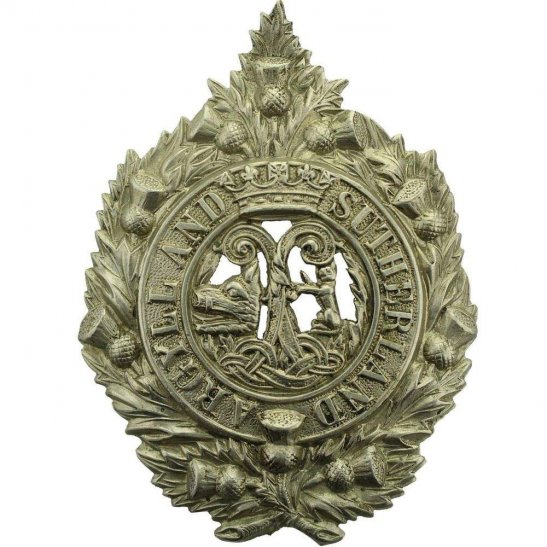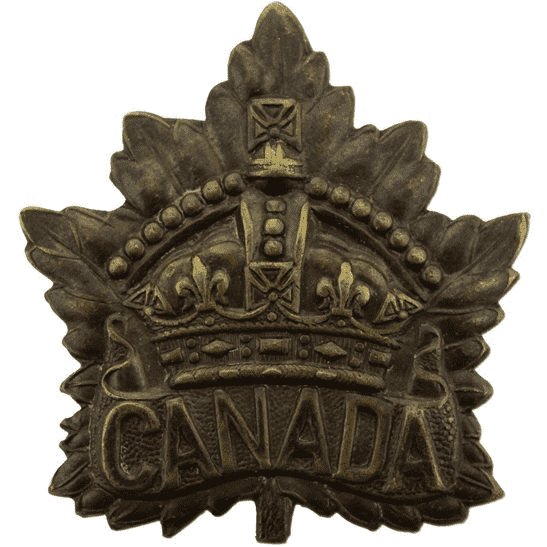1914 - 1918
TO
THE GLORY OF GOD
AND IN MEMORY OF THE MEN
OF
FORT WILLIAM
AND
DISTRICT
WHO MADE THE SUPREME
SACRIFICE, FOR GOD, KING
AND COUNTRY, IN THE
GREAT WAR
---------
DILEAS GU BAS
(Faithful unto Death)
This EarthCache takes you to the war memorial in Fort William. Before you start caching, take a minute to stand and remember these brave men who died in the world wars.






So what are we here to see and look at with regards to the EarthCache?
This is an urban EarthCache, to help show people some interesting geology without having to trek into the wilds of the Dales, Scotland or the urban metropolis of Glasgow, Edinburgh, Manchester or Leeds. So what are are we here to see, well you need to look at the memorial very closely, though first some background.
Granite is a common type of igneous rock. Igneous rock is one of the three main rock types , the others being sedimentary and metamorphic. Igneous rock is formed through the cooling and solidification of magma or lava. Igneous rock may form with or without crystallisation either below the surface as intrusive (plutonic) rocks or on the surface as extrusive (volcanic) rocks. Granite can be white, pink, or gray in colour, depending on their mineralogy. Granitic rocks mainly consist of feldspar, quartz, mica and amphibole minerals, which form an interlocking matrix of crystals.






Though we are not here to look at the granite in general , we are here to look at one aspect of it, an item called a Xenolith. So what is a Xenolith? If you look at the war memorial, you will notice some marks , that stand out from the rest of the granite. These are what are known as xenoliths. Xenolith is greek for a foreign rock, bascially it is a piece of rock trapped in magma, while the magma was cooling. As the molten material rises, it tears off bits and pieces of the magma pipe, or roof / wall of a pluton in which it was travelling in which it is traveling. These bits and pieces, trapped in the magma but not melting into it, become xenoliths. Crystals that are torn from the sides of magma pipes are called xenocrysts. As the magma flows out on to the surface of the Earth, or remains as a body within the crust, it is cooled, and various types of igneous rocks could be formed. Xenoliths usually have a different colour and density when compared to the surrounding rock, they can be small or large. There can be different types of xenolith. Their shape can also tell us about the xenolith : 'fresh' xenoliths, ie frozen quite soon (in geological terms) as they were ripped from the parents rock could have sharper edges . Older ones would be more rounded as more 'attacked' and destroyed by the magama.
Basically a xenolith is a piece of rock that has fallen off into the magma.
Now there are EarthCaches which look at xenoliths, but we are here to look in a bit closer detail.
Xenoliths can be of many types of rock, and can be defined as a xenolith of a type of rock, so if for example we were talking about peridotite would be a xenolith of peridotite.
There are many different rock types of xenolith, and these can vary depending on the location of the magma chamber, and the type of rock that the magma rose through.
Below are a few examples of xenoliths of rocks.
Xenoliths of Peridotite . Periodotite is a coarse grained igneous rock, which consists mainly of the olivine and pyroxene, which are minerals. It is a dominant rock in the upper part of the mantle of the Earth. It can be bright to dark green with some specks of black, though some peridotitic rocks may be blue, brown, and red.
Xenoliths of Gabbro. Gabbro is generally coarse grained, with crystals in the size range of 1 mm or greater. It is formed from magnesium and iron rich magma, deep beneath the crust of the earth. It can be a dark grey coloured rock.
Xenolliths of Pyoxenite. These are often coarse grained, with individual crystals , which can be up to 17cm in length. Pyoxenite is formed as an accumulation of crystals at the base of the magma. Pyroxenites can be found as layers in peridotite masses. Pyroxenite is uncommon at the surface because it occurs predominantly deep in the crust or in the mantle. It can be black . dull coloured, but may also contain green or red crystals.
Xenolths of Slate. Slate is what is known as a metamorphic rock, this means it has been changed from its original form by pressure and / or heat. It is finely grained, and has planes, which are like fine lines. It can be green, grey, or black in colour.
This being an EarthCache, in order to log it, I ask that you answer some questions. Please send them to me, and do not include them in your log. You can send them to me by using the message facility or email, both of which can be found by looking at my profile. You will need to use a compass to complete some of the tasks.
1. Please tell me what type of xenolith you can find here, what is the rationale for your answer?
2. Please describe the colour of the xenoliths.
3. Please tell me the dimensions of the largest xenolith you can find on the memorial.
***** PLEASE NOTE IMPORTANT *****
CACHES ARE NOT ALLOWED TO BE PLACED ON ACTUAL MEMORIALS OR WITHIN THE BOUNDARY OF SUCH
AT ALL TIMES PLEASE TREAT LOCATIONS OF MEMORIALS WITH RESPECT